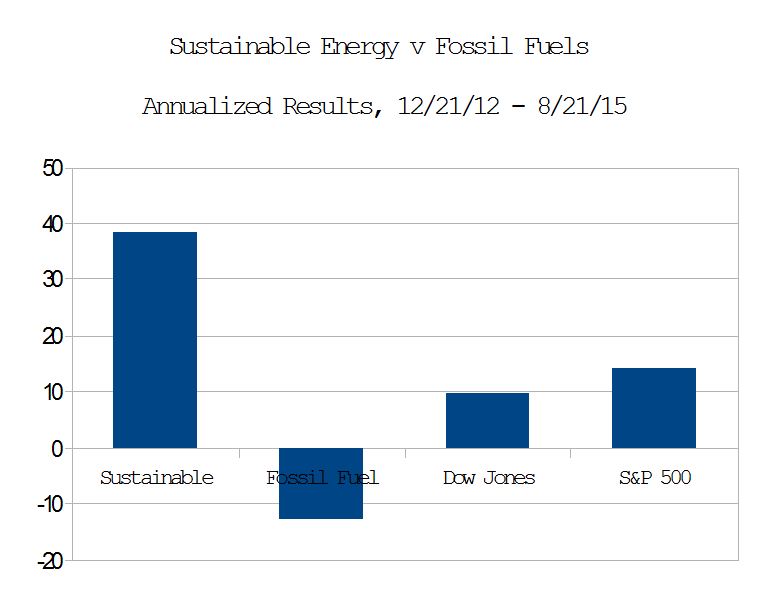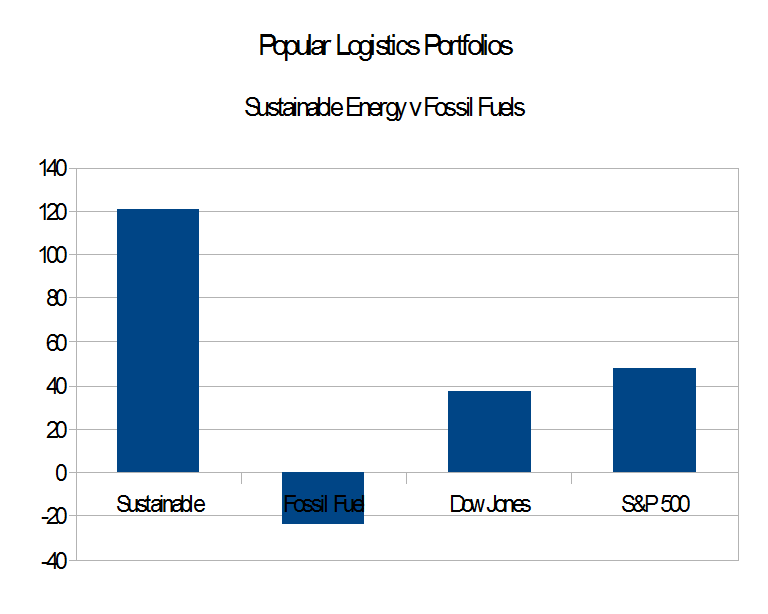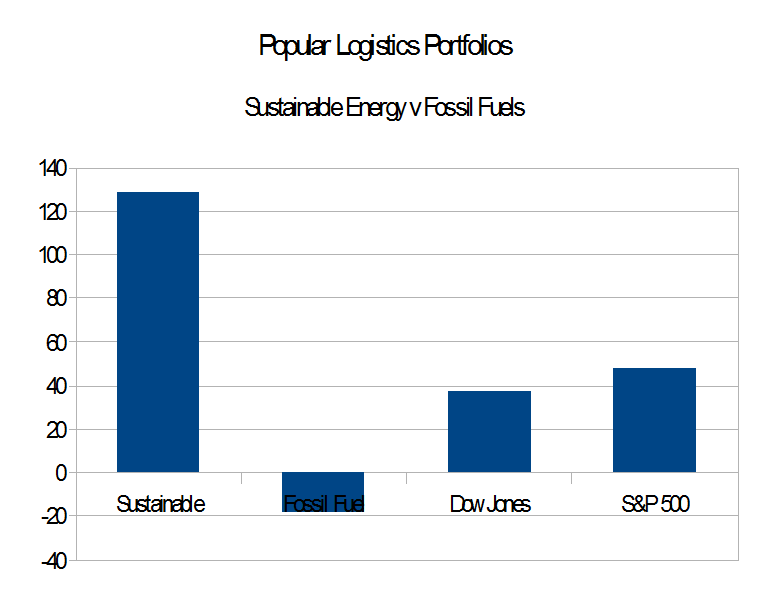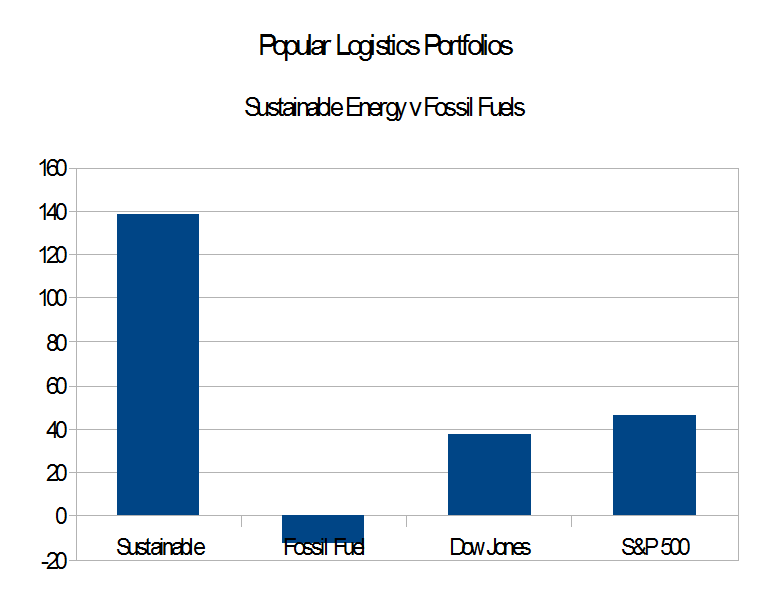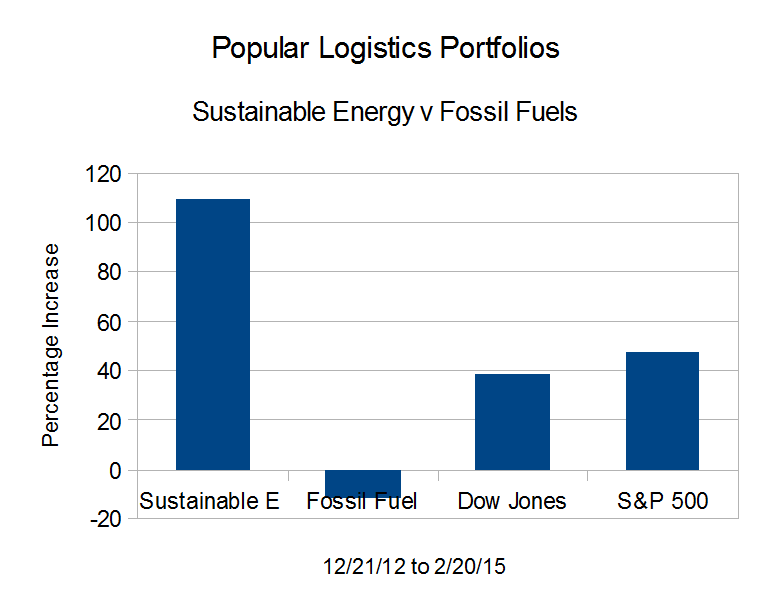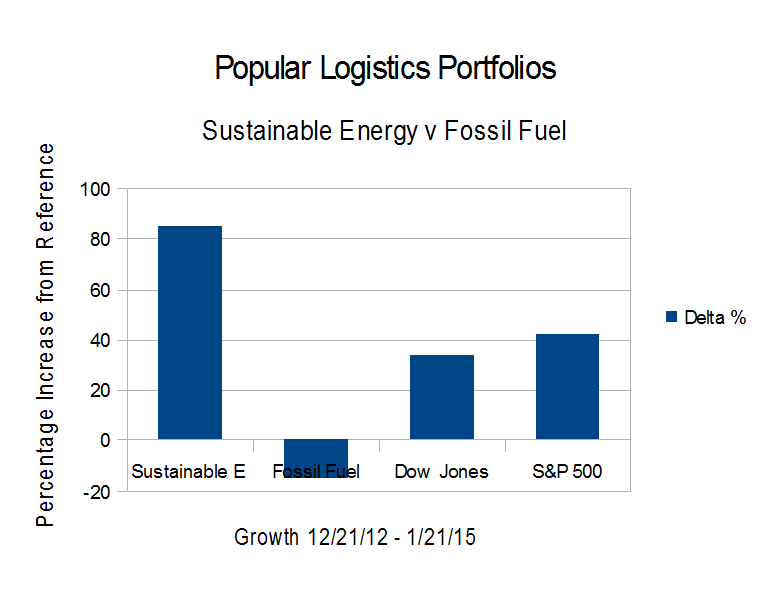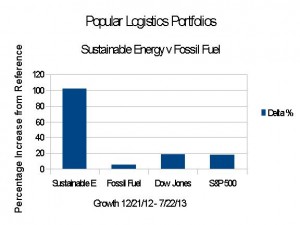
Social Security will be solvent until 2038. (Social Security Adminstration, Summary of 2012 Annual Reports). Social Security is completely funded by the Social Security Tax and the payouts add nothing to the deficit. Reducing Social Security benefits will not reduce the Federal deficit one cent. Social Security benefits are fully funded until 2038. However, there are five changes to the structure of the Social Security tax that could, and I think should, be made.
First, eliminate the ceiling. Currently the Social Security tax is 6.2% of the first $110,000 of income. Everyone who makes $110,000 or less pays 6.2% of his or her income into the Social Security fund. People who make $50,000 pay $3,100. People who make $100,000 pay $6,200. People who make $110,000 pay $6,820. But people who make $1,000,000 also pay $6,820, as do people who make $100 million, or $1 billion. This makes Social Security a regressive tax. Eliminating the ceiling would make it flat tax.
Second, impose a floor, perhaps $25,000 per year. This would transform the tax from a regressive tax into a slightly progressive tax for the lower 80%.
Third, transform the structure of the tax to a fully progressive tax, as illustrated below.
| Progressive Structure for Social Security |
| Income |
Tax Rate |
| Under $25,000 |
0.00% |
| $25,001 to $50,000 |
2.50% |
| $50,001 to $100,000 |
3.50% |
| $100,001 to $250,000 |
4.50% |
| $250,001 to $500,000 |
5.50% |
| $500,001 to $1.0 Million |
6.50% |
| over $1.0 Million |
7.50% |
| Table 1 |
Fourth, REQUIRE, elected and appointed representatives in all branches and at all levels of Federal government to participate in the program. That would include the President, Representatives in the House and Senate, the Honorable Justices of the Supreme Court, lower courts, as well as elected representatives in the governments of the states of the Union and territories.
And Fifth, consider Capital Gains, distributions from Trust Funds, and other distributions that are not “W2 Income” as defined by the Internal Revenue Service to be treated like “W2 Income” for the purposes of funding Social Security.
Other posts on tax policy:
- How to Fix Medicare, Medicaid, and Social Security, 11/29/12, here.
- Occupy Wall Street – On Taxes, 9/28/12, here.
- Progressive Tax Policy, 10/28/11, here.
- Taxes – the Price We Pay For Civilization, 8/7/11, here.




